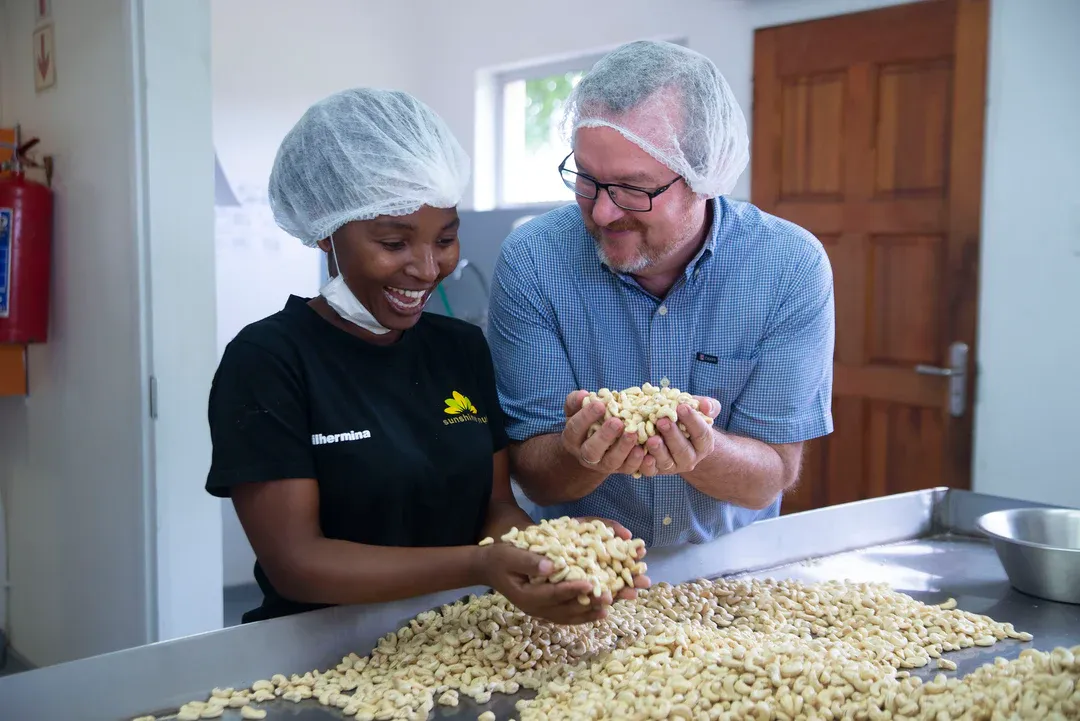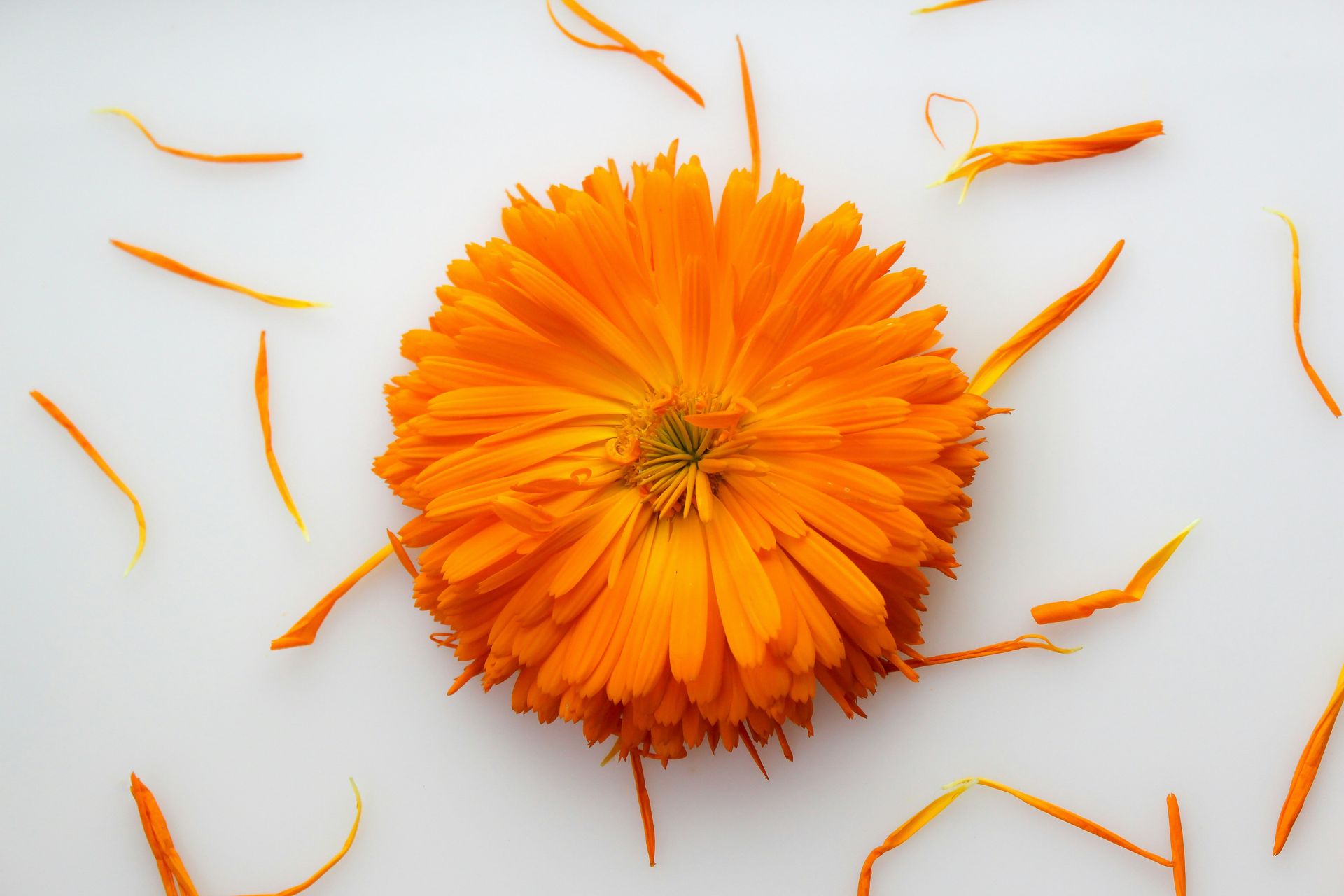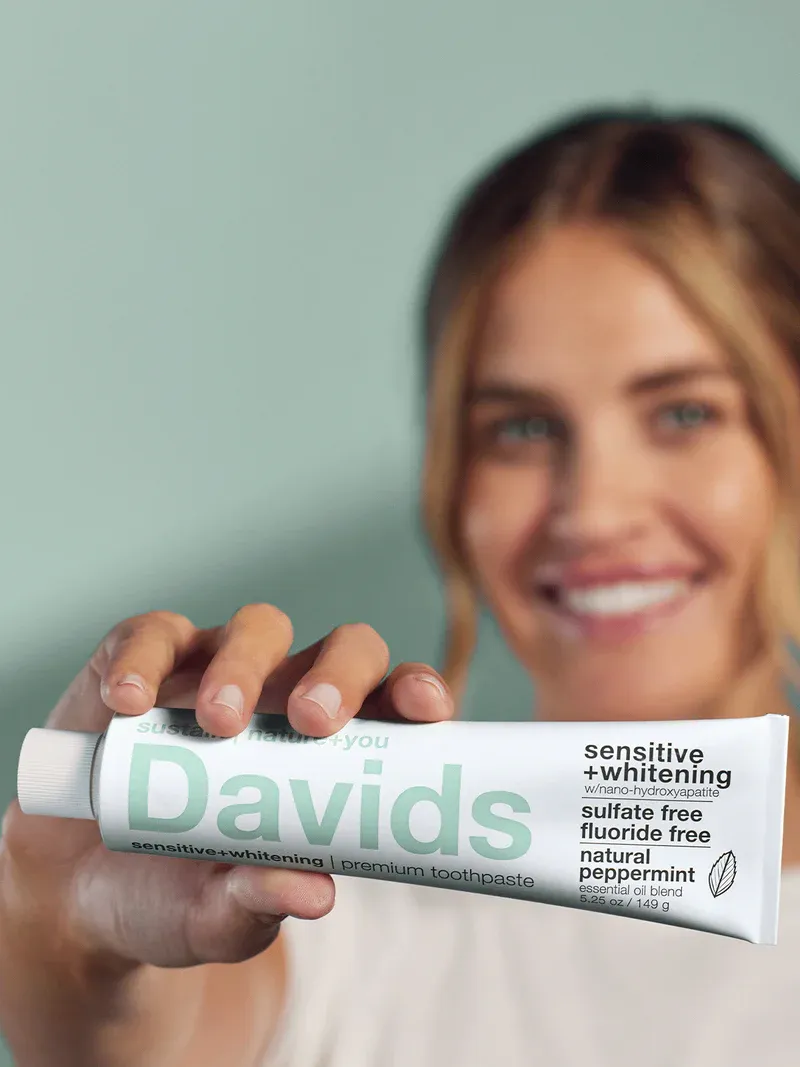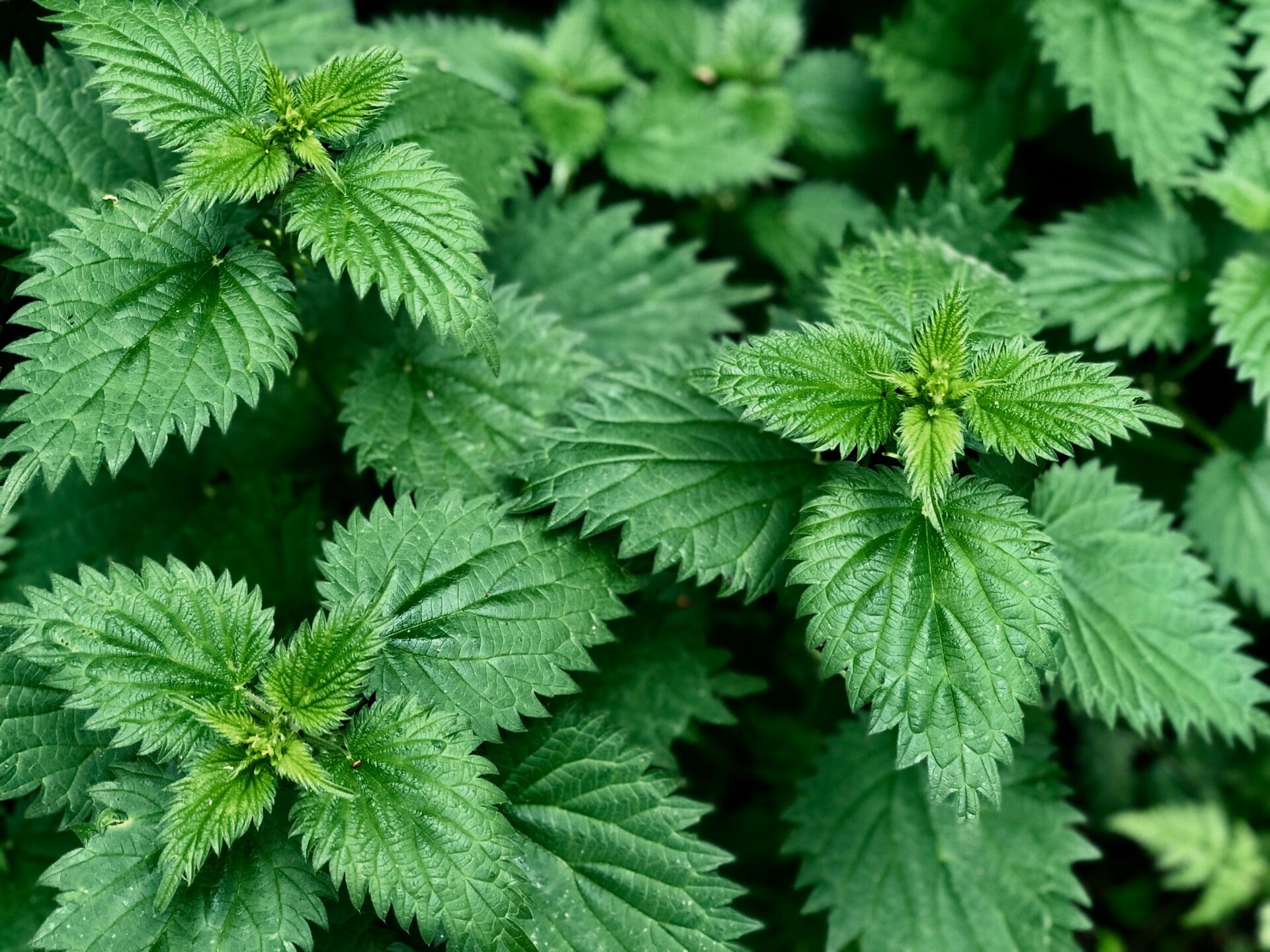








Have you had that moment when you walk out to your coop one morning and feathers are strewn about? Your heart begins racing, you start looking for the devastation of an attack, but you realize that all your hens are fine and dandy, though one of them looks a little, um, less plump with plumage. Welcome to your introduction to a molt!
Molting is a normal process for chickens and roosters. Feathers provide the birds protection from things such as dampness and wind, providing them warmth and insulation. As such, feathers can suffer from wear and breakage, so this natural process allows the chickens to replace their protection each year with a new round of durable feathers. Molting typically begins around 18 months of age and occurs annually thereafter (younger birds will experience a molt in the first month to replace their down with feathers).
A molt often begins as the days grow shorter and less light is available, mostly in late summer and early fall. Ideally, old feathers are replaced before winter hits so your flock has a full feather coat to protect them against the elements. Molting can happen at any time of year, though, especially if your flock is stressed or doesn’t receive adequate water or food. If it does seem like an abnormal time for one of your birds to be molting, give her a good checkup and keep an eye on her to make sure she is in good health.
From losing old feathers to growing new ones, the full process of a molt can be between 8 to 12 weeks, give or take. It may also depend on if it’s a soft molt, where the bird slowly loses feathers over a period of time, or a hard molt, where the bird loses feathers quickly. Hard molts can be a dramatic shift, exposing large featherless sections of their bodies. Once you experience your first hard molt with one of your chickens, you won’t forget it. Those little birds look so frail and pitiful. Fret not, though, their bodies are hard at work.
A molt can be tough on a bird’s body, so her body takes a pause from other processes to devote energy and restoration to producing new feathers. Therefore, hens lay less or not at all while they are molting. As the old feathers fall out, new feathers, called pinfeathers, will begin to appear. The exposed skin and pinfeathers can be sensitive to touch, so be extra gentle with a molting bird.
Feathers are high in protein – between 85 – 90%. To promote feather regrowth, provide your flock with high protein treats in addition to their regular balanced feed to give them a leg up on the process. Bugs they eat while free ranging are high in protein, as are our Cluckin’ Good Grubs, which are approximately 34% protein. Cluckin’ Good Grubs are raised less than 100 miles from our mill on pre-consumer waste foods, which puts food that would otherwise be tossed to a much better use – sustainably-raised bugs to help feather regrowth!
The next time you see one of your birds looking less than glamorous, you’ll know what’s happening. Give them time, extra protein, and patience, and they’ll be back to the laying divas that they are!
Scratch and Peck Feed makes honest, wholesome organic animal feed products with the most heartfelt regard for the planet and fellow living creatures. By 2013, they were the first animal feed manufacturer to be both Certified Organic and Non-GMO Project Verified. Their aim is to provide access to high-quality animal feed, treats and supplements that all animals deserve. Learn more about Scratch and Peck Feeds at ScratchandPeck.com.









Please give us a call for today’s deli hours as they can vary due to staffing.
Grab and go options are always available until close.
FEDERAL WAY
Monday-Saturday: 8 am - 8 pm
Sunday: 9 am - 7 pm
Please call for current deli counter service hours. Grab and go options available until closing.
2565 S. Gateway Center Place
Federal Way, WA 98003
TACOMA
Monday-Saturday: 8 am - 8 pm
Sunday: 9 am - 7 pm
Please call for current deli counter service hours. Grab and go options available until closing.
2951 S. 38th Street
Tacoma, WA 98409